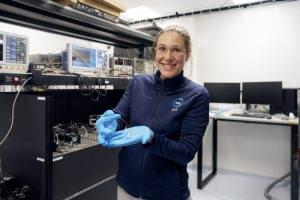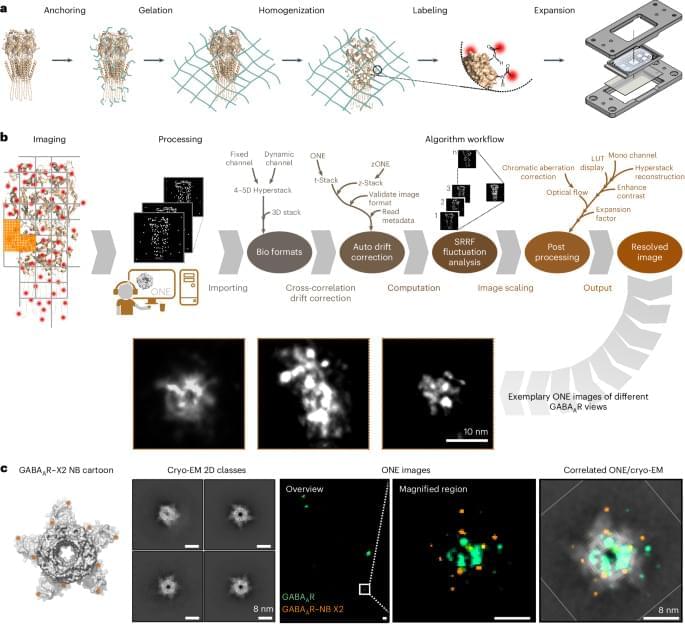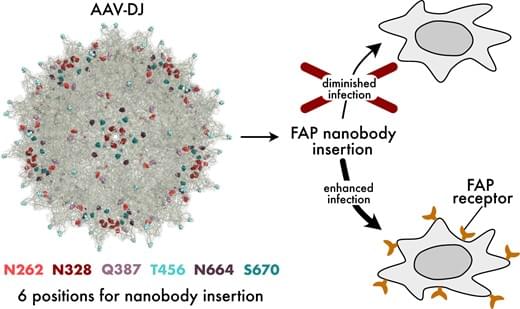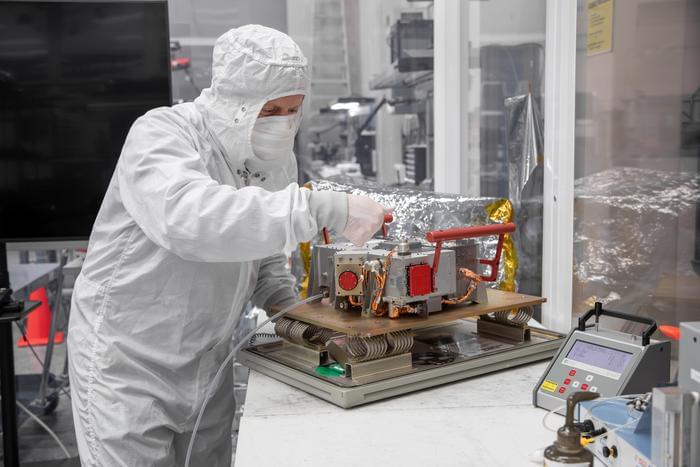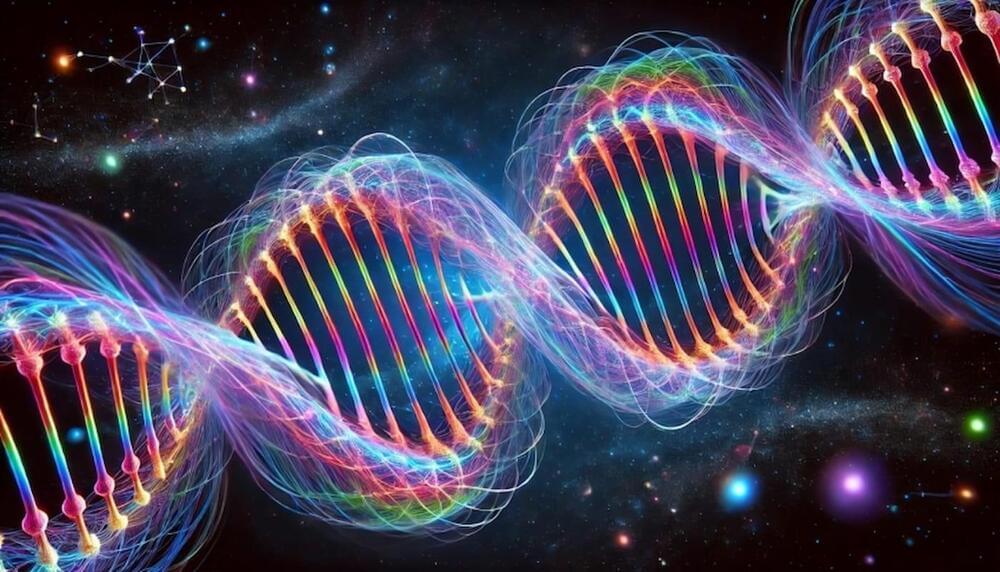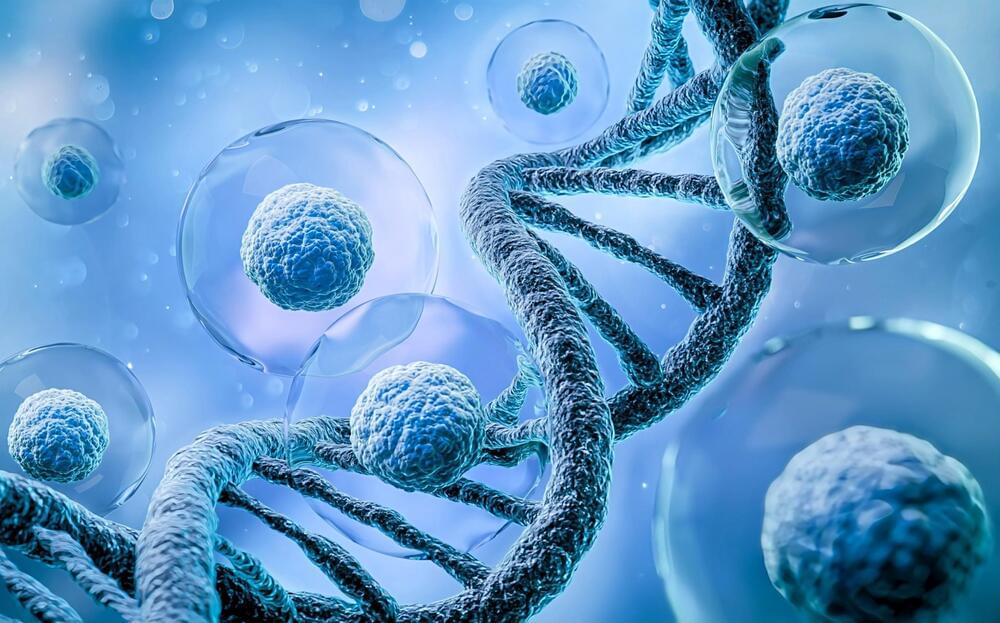CAMBRIDGE, England, Oct. 15, 2024 — Nu Quantum has announced a proof-of-principle prototype that advances the development of modular, distributed quantum computers by enabling connections across different qubit modalities and providers. The technology, known as the Qubit-Photon Interface, functions similarly to Network Interface Cards (NICs) in classical computing, facilitating communication between quantum computers over a network and supporting the potential growth of quantum infrastructure akin to the impact NICs have had on the Cloud and AI markets.
For quantum computers to achieve practical applications—such as accurately simulating atomic-level interactions—they must scale to 1,000 times their current size. This will require a shift from single quantum processing units (QPUs) to distributed quantum systems composed of hundreds of interconnected QPUs, operating at data center scale, similar to cloud and AI supercomputers.
The efficient transfer of quantum information between matter and light at the quantum level is the biggest challenge to scaling quantum computers, and this is the specific issue that the QPI addresses.
